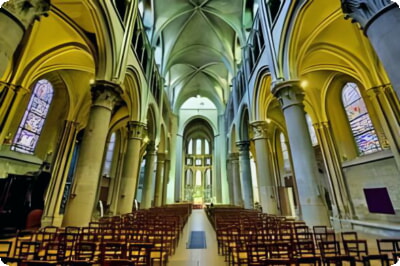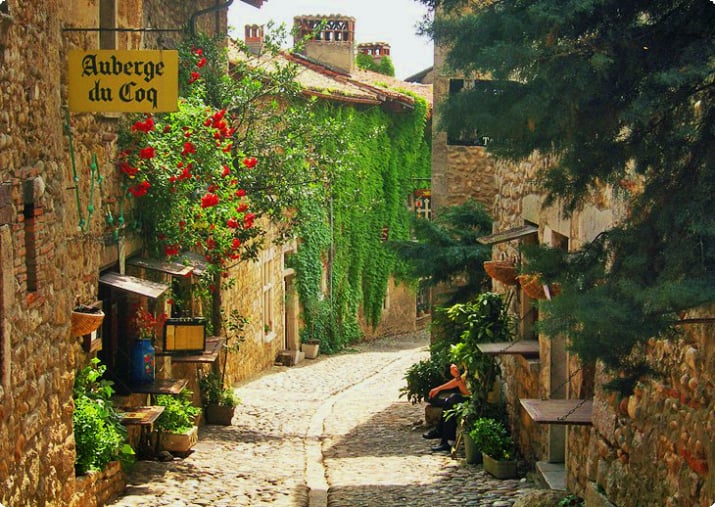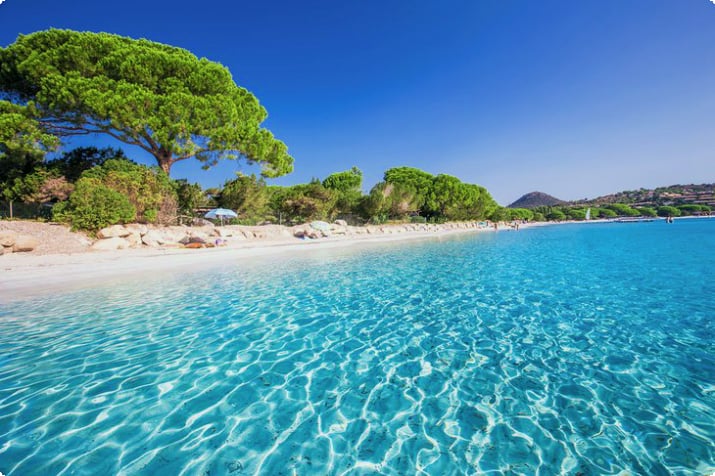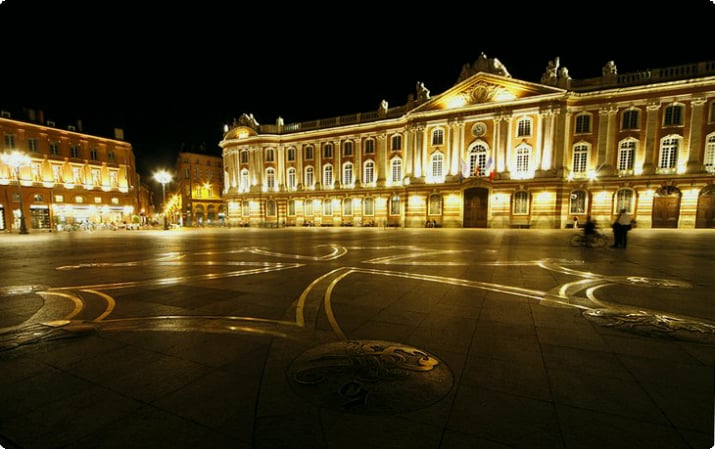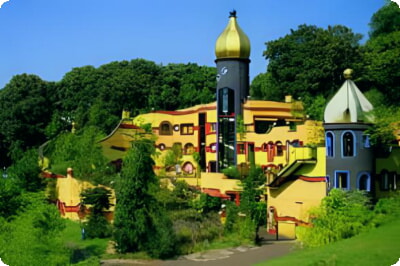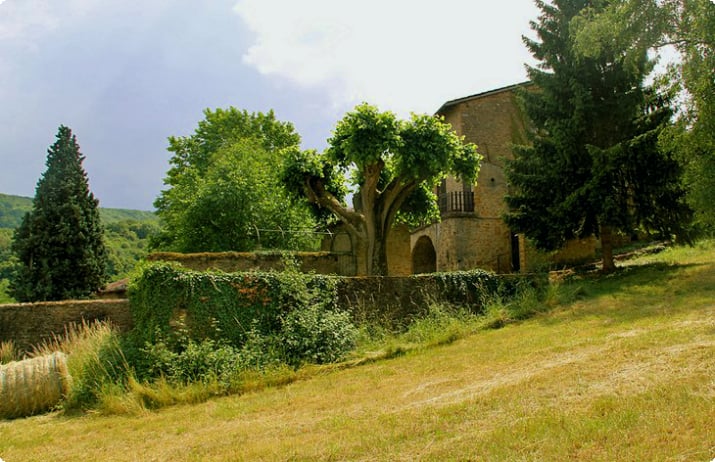Discover Dijon: A Guide to the Must-See Attractions
Dijon is not only renowned for its mustard but also for its rich history as the "City of Dukes." The city center, a UNESCO World Heritage site, is home to grand palaces and mansions from the time of the Dukes of Burgundy. Visitors can wander the cobblestone streets, enjoy traditional French cuisine, and explore the city's cultural heritage.
1. Palais des Ducs and Musée des Beaux-Arts
The Palais des Ducs et des États de Bourgogne, once home to the Dukes of Burgundy, now serves as the Town Hall. Guided tours are available, including a climb up the Tour de Philippe le Bon for panoramic views. The palace also hosts the Musée des Beaux-Arts, showcasing a vast art collection from Egyptian antiquities to contemporary works.
2. Cathédrale Saint-Bénigne
The Cathédrale Saint-Bénigne is a prime example of Burgundian Gothic architecture. Its crypt, the "Rotonde," dates back to the 10th century and houses the relics of Saint Benignus. The cathedral also hosts organ concerts and is adjacent to the Musée Archéologique.
Guided tours in Dijon by locals
3. Eglise Notre-Dame
The Eglise Notre-Dame, a masterpiece of Burgundian Gothic architecture, features a clock tower with striking Jacquemarts and an 11th-century Black Virgin statue. An owl sculpture on the church is said to bring good luck to those who touch it.
4. Musée de la Vie Bourguignonne
Housed in the 17th-century Monastère des Bernardines, the Musée de la Vie Bourguignonne offers insights into the region's history and culture, including traditional costumes and everyday objects from the 19th to 20th century.
5. Chartreuse de Champmol
The Chartreuse de Champmol, once the burial place of the Dukes of Burgundy, now features the Puits de Moïse and the Portail de la Chapelle, two remarkable examples of Burgundian sculpture.
6. Dijon Mustard Boutiques and Culinary Stores
Dijon's mustard boutiques, such as Maison Maille and Moutarderie Edmund Fallot, offer traditional Dijon mustard. The city also boasts culinary markets like Les Halles and specialty shops like Mulot & Petitjean for gingerbread.
7. Parc de l'Arquebuse
The Parc de l'Arquebuse is a botanical garden with an arboretum and playground. It also features the Jardin des Sciences & Biodiversité, which includes a natural science museum and planetarium.
8. Eglise Saint-Michel
The Eglise Saint-Michel combines medieval and Renaissance styles. Its high-vaulted Gothic nave and 19th-century stained-glass windows are particularly noteworthy.
9. Hôtel de Vogüé
The Hôtel de Vogüé is a stunning 17th-century mansion showcasing classical Italian Renaissance architecture, with a grand entrance and ornate courtyard.
10. Musée Magnin
The Musée Magnin, located in the Hôtel Lantin, displays a private art collection with French paintings from the 17th to early 19th centuries, housed in a setting that includes the original Salon Napoléon III.
Where to Stay in Dijon for Sightseeing
For a convenient and charming stay, the historic center of Dijon offers easy access to top attractions. Luxury accommodations like La Cour Berbisey and the Grand Hôtel La Cloche, MGallery by Sofitel, provide upscale amenities. Mid-range options such as Maison Philippe Le Bon and Hotel Oceania Le Jura Dijon offer comfort and style. Budget-friendly hotels like the Hôtel des Ducs and B&B Hotel Dijon Centre provide basic yet pleasant lodgings.
Exploring Beyond Dijon
From Dijon, visitors can easily venture into the Burgundy countryside to discover Romanesque churches, medieval towns, and ancient monasteries. The neighboring Champagne region is also rich in cultural treasures, including the historic city of Reims. For nature enthusiasts, the Auvergne region offers outdoor activities, while the French-Jura impresses with its landscapes and medieval charm.

